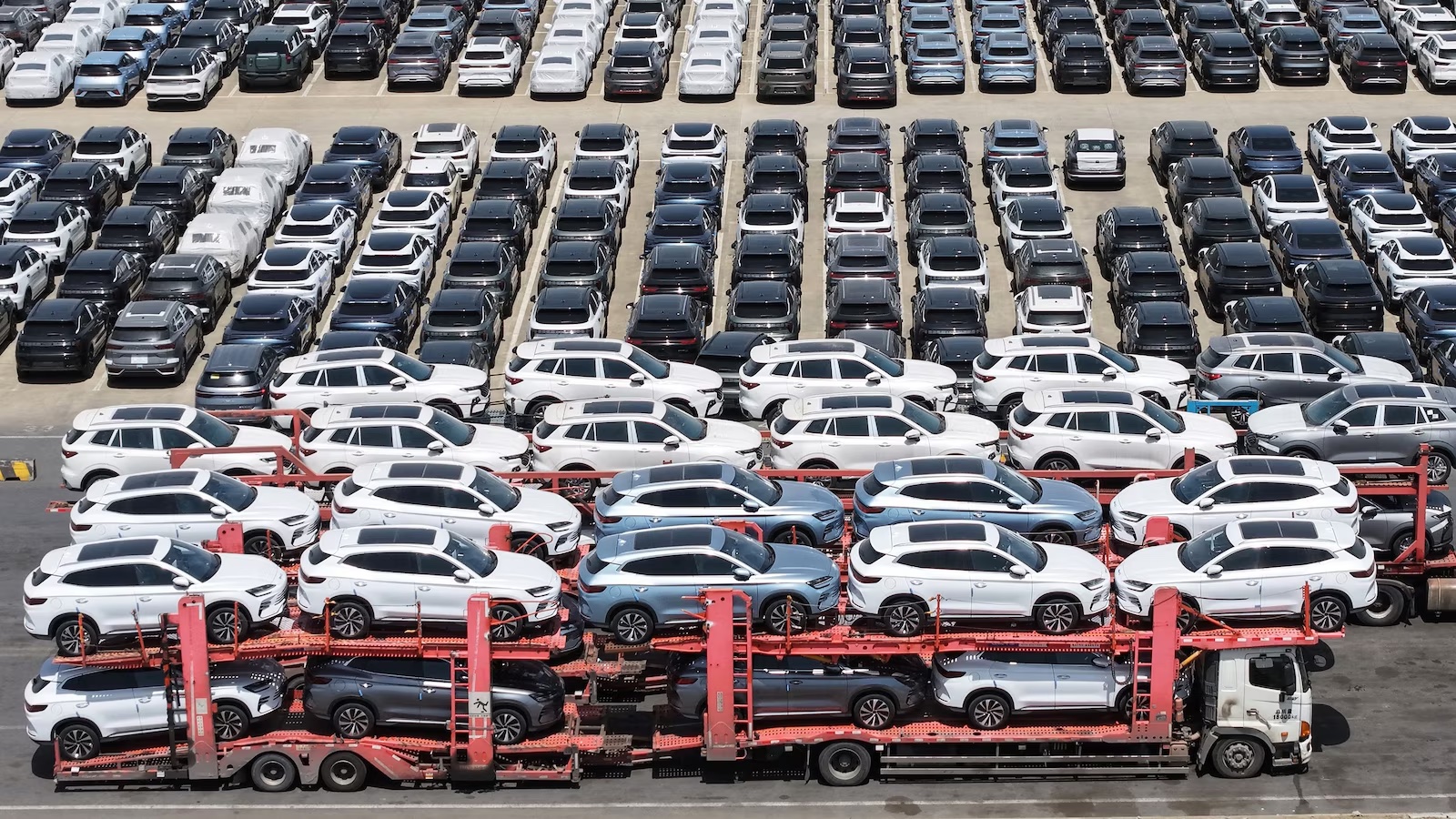

Contact us
Ho Chi Minh City is developing plans for four free trade zones (FTZs), strategically linked to seaports, railways, and international border gates, according to the municipal Department of Industry and Trade.
The projected FTZs—located in Can Gio, An Binh, Bau Bang, and Cai Mep Ha—are expected to leverage seaport infrastructure to drive growth in logistics, the maritime economy, and urban development.
The Can Gio FTZ will cover 1,000–2,000 hectares near the planned Can Gio International Transshipment Port and the Ganh Rai Bay area, positioning it as a direct gateway to global shipping routes.
The Cai Mep Ha FTZ, spanning about 3,700 hectares in the former town of Phu My (in the former province of Ba Ria - Vung Tau, which has been merged with Ho Chi Minh City since July 1, 2025), will feature three functional zones: a transport hub, a logistics and industrial area, and a high-tech industrial park integrated with urban and service facilities.
The Bau Bang FTZ, located along the corridor linking Cai Mep-Thi Vai Port and the Moc Bai border gate in Tay Ninh province, which borbers Cambodia to the west, will cover roughly 100 hectares. Situated near Bau Bang international railway station on the HCMC–Loc Ninh line, it is planned as a transshipment hub for goods from the Central Highlands and Cambodia to major seaports.
The An Binh FTZ, covering about 100 hectares near the Song Than inland container depot, will provide strong connectivity to Cai Mep-Thi Vai Port and the Moc Bai border gate, serving both road and international rail transport.